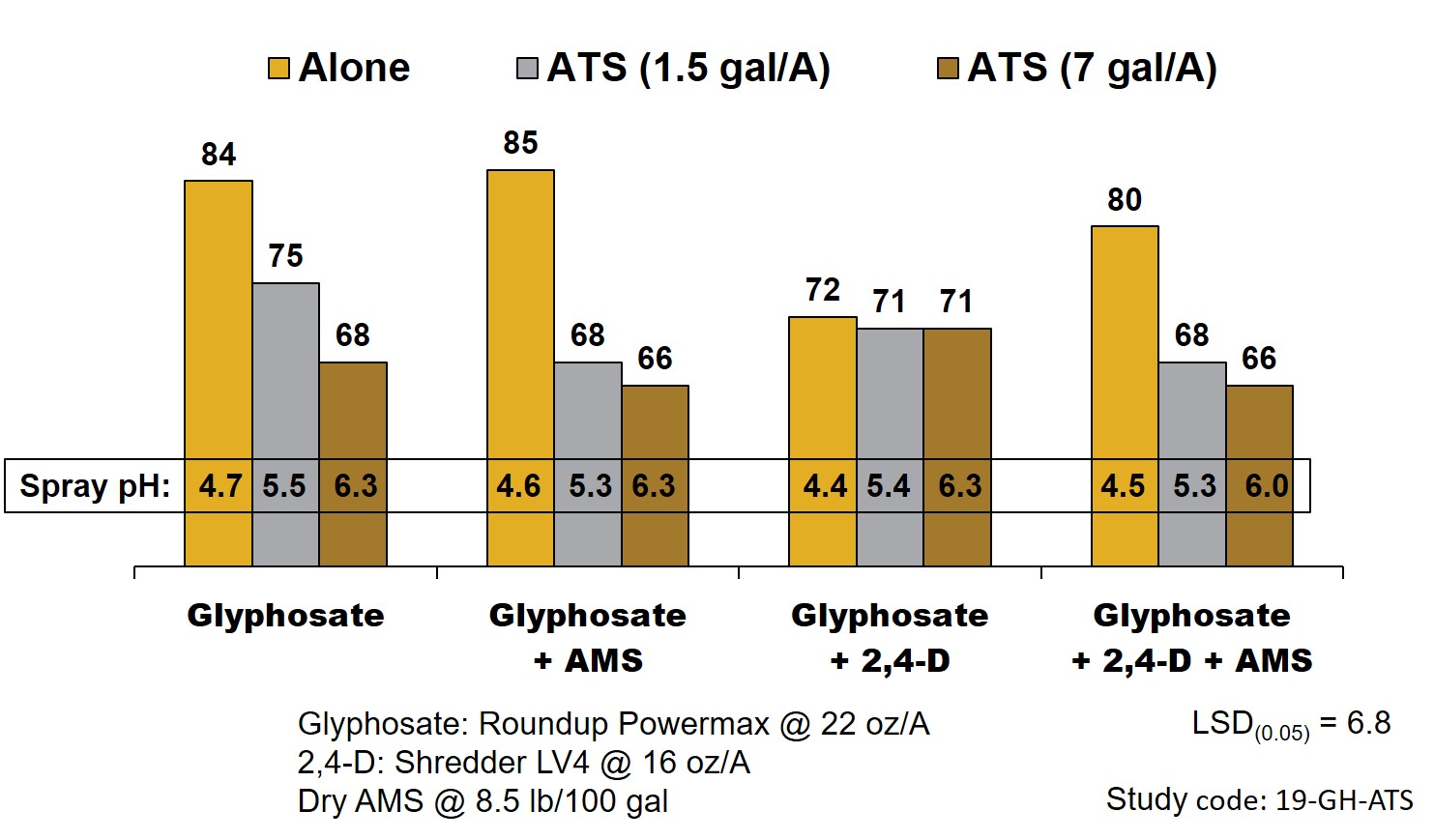
This spring we have received a number of questions regarding the use of glyphosate-based burndown herbicides programs with ATS (ammonium thiosulfate).

This spring we have received a number of questions regarding the use of glyphosate-based burndown herbicides programs with ATS (ammonium thiosulfate).
2019 Black Cutworm Pheromone Trap Report Form
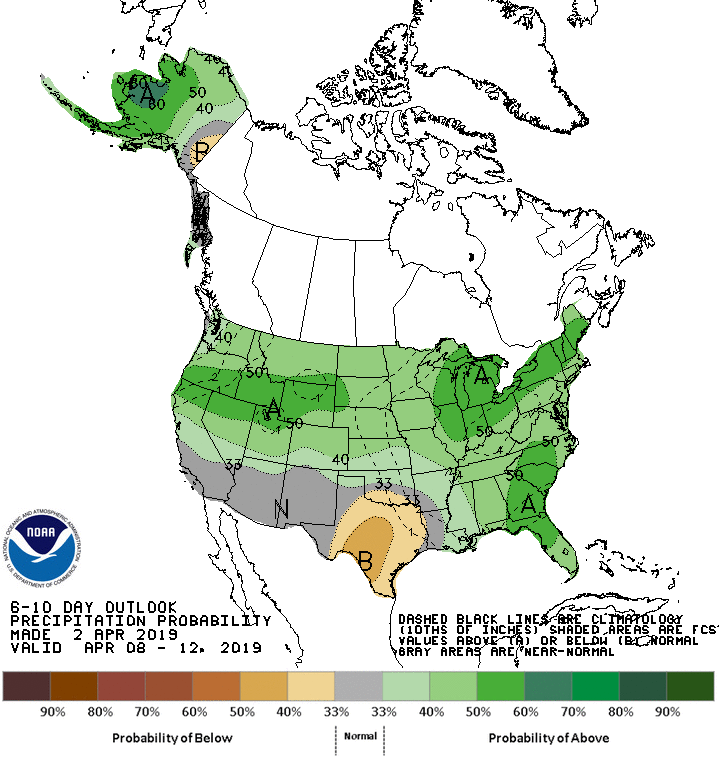
April is indicative of vegetation rapidly greening up, accumulating growing degree-days, and those infamous April showers.
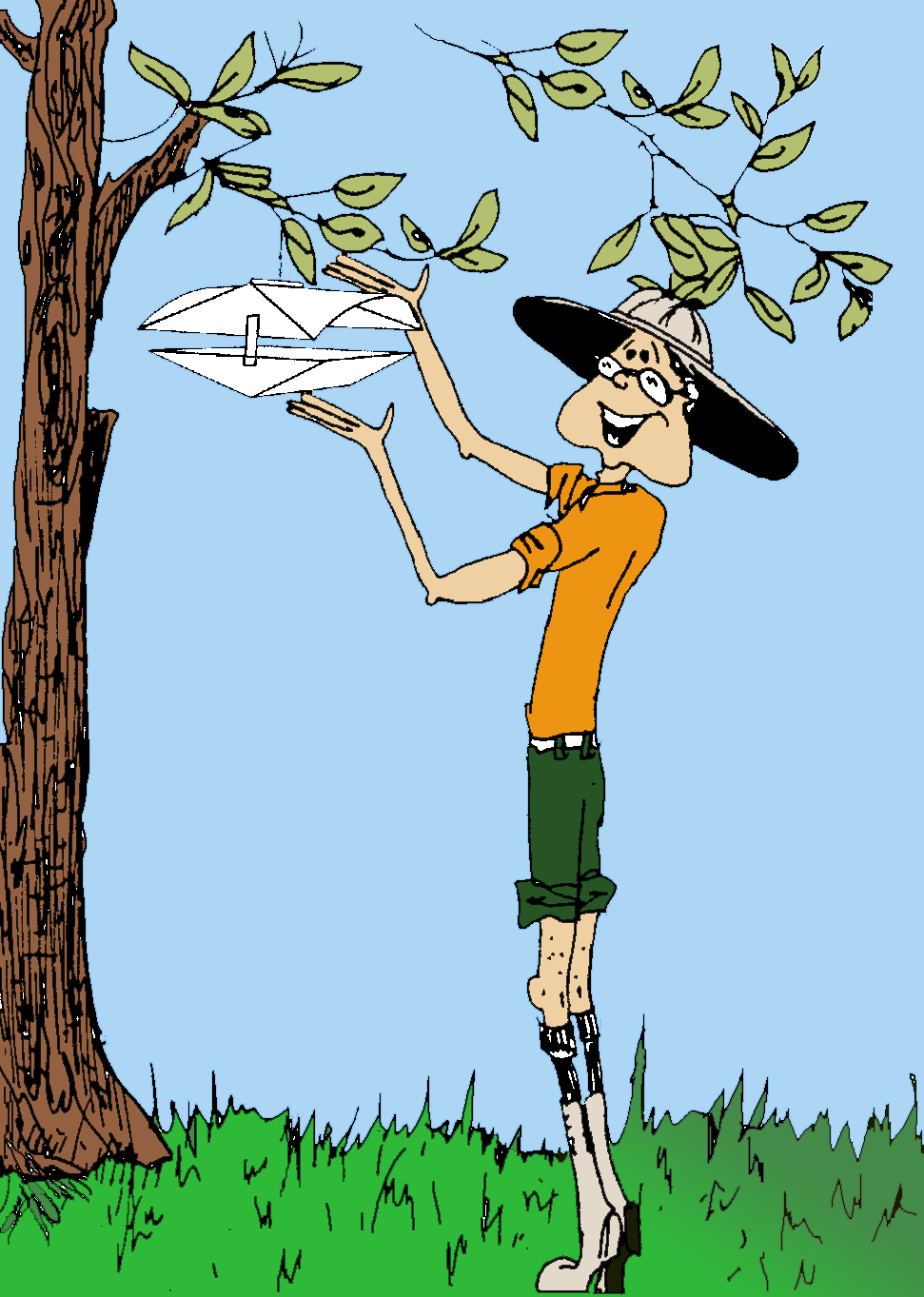
Black cutworm trap cooperators have detected that moths are beginning their traverse to Indiana this past week.
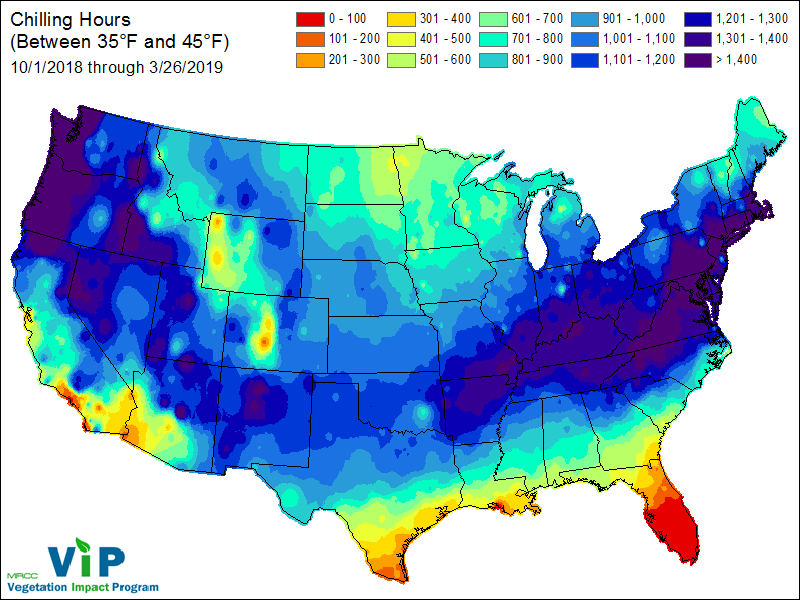
As March wraps up, both temperature and precipitation appear to be near normal for the month. This is hard to imagine given the variability experienced throughout the month!
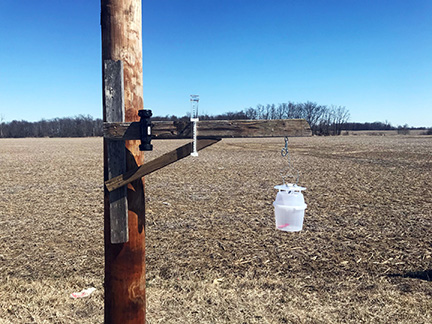
As I write this, spotty showers are moving through the state. At this time of the year, my interest is where those fronts are moving from.
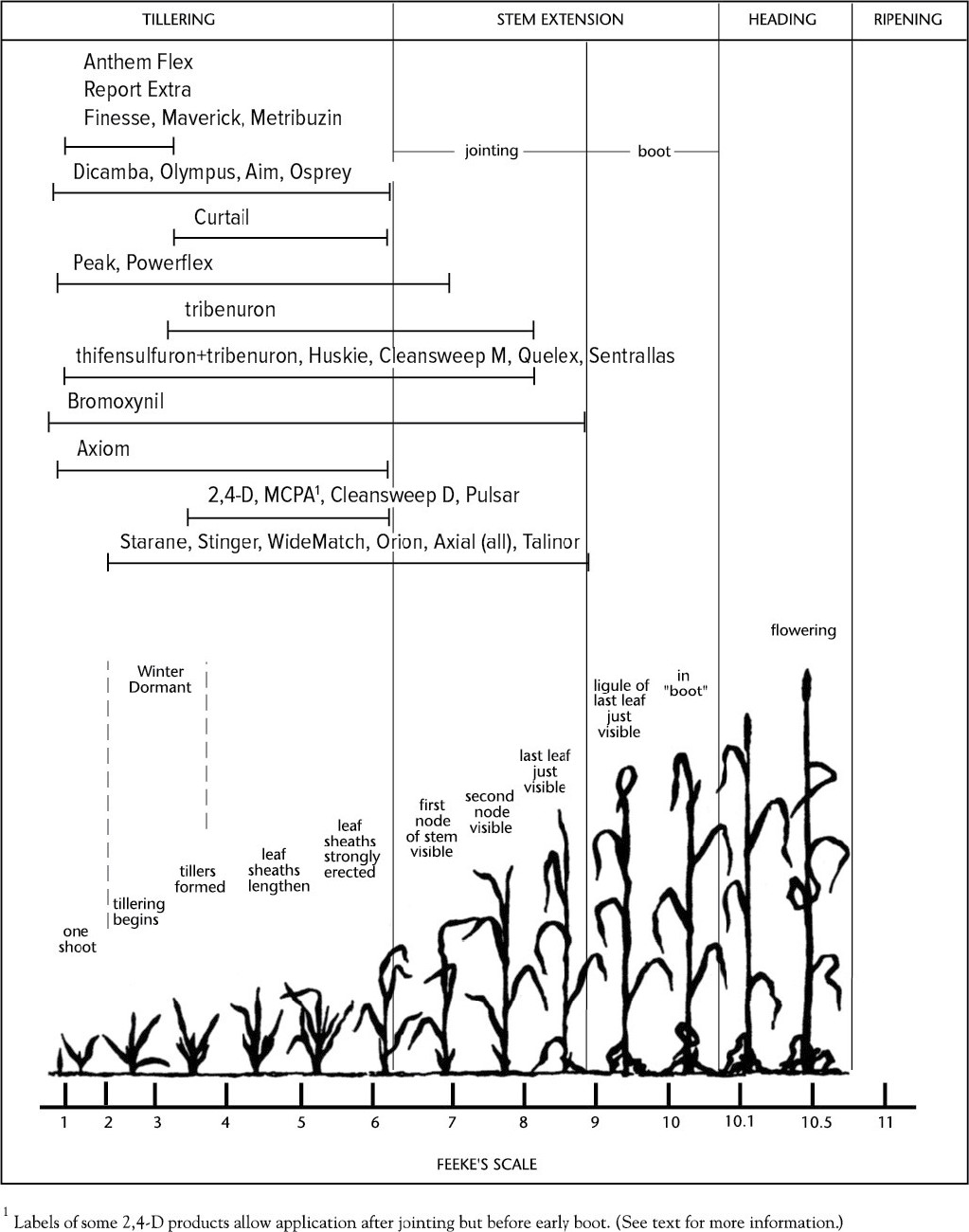
The winter is finally winding down and we are bound to have warmer days and spring in the near future. As we look towards the warmer weather there a few field activities that are going to start quickly, including winter wheat greenup herbicide applications and winter annual weed burndown applications in no-till fields.
This is a listing of the Purdue field crop specialists for 2019.
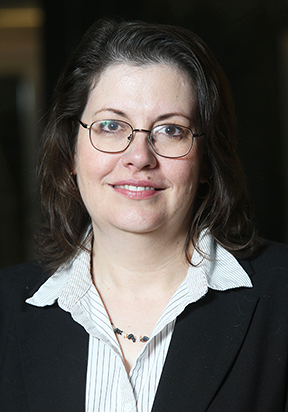
Dr. Beth Hall became the new Indiana State Climatologist on 1 March 2019.
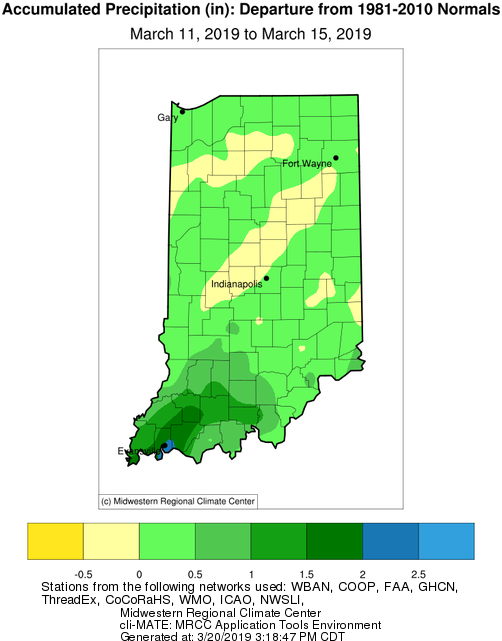
Last week, spring-like temperatures teased most of the Hoosier State with temperatures 5°F-8°F above normal (see Figure). While this encouraged more folks to get outside and enjoy the warmer weather, the week ended with a return to colder, windier conditions.
© 2025 Purdue University | An equal access/equal opportunity university | Copyright Complaints | Maintained by Pest&Crop newsletter
If you have trouble accessing this page because of a disability, please contact Pest&Crop newsletter at luck@purdue.edu.